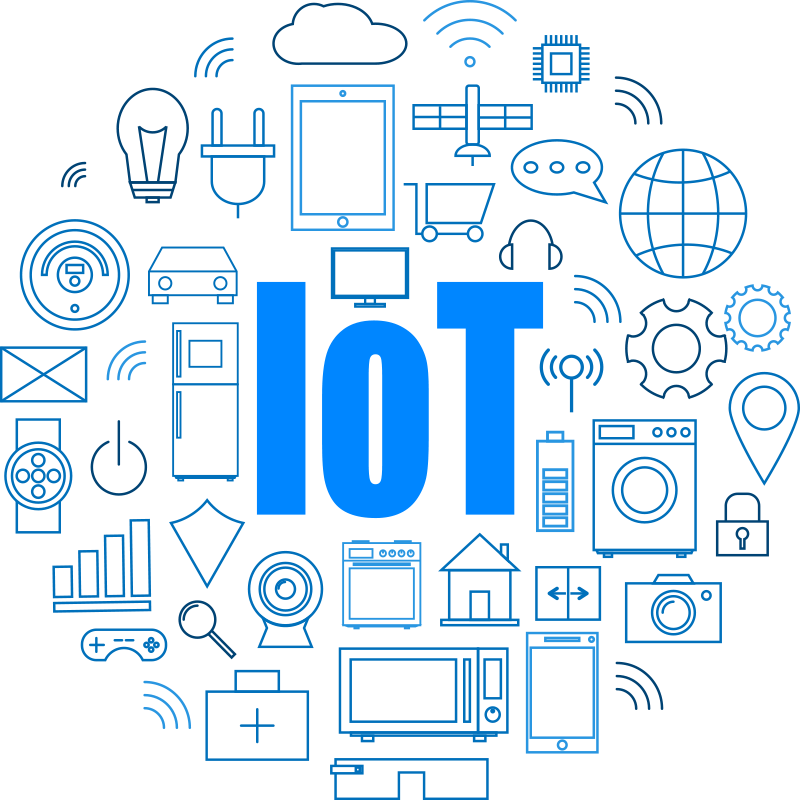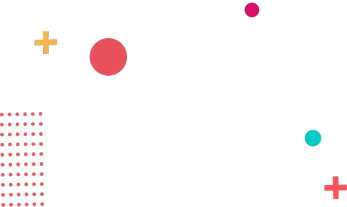Why should you take up the IoT training course?
The Internet of Things is undoubtedly revolutionising our world. When there were more "Things" linked to the Internet than people, the year 2008 marked a turning point. Now that the number of Internet-connected devices is increasing dramatically, new employment roles and career prospects are opening up for those who are skilled in IoT technology and are knowledgeable about its deployment, administration, and security. Taking this Intellipaat IoT course will undoubtedly put you in a different league and enable you to command top salaries. It is undeniably a new frontier that is opening up.
Who should take up this IoT training course?
Developers of software, engineers, data analysts, big data specialists, and anybody else interested in a job in the Internet of Things







